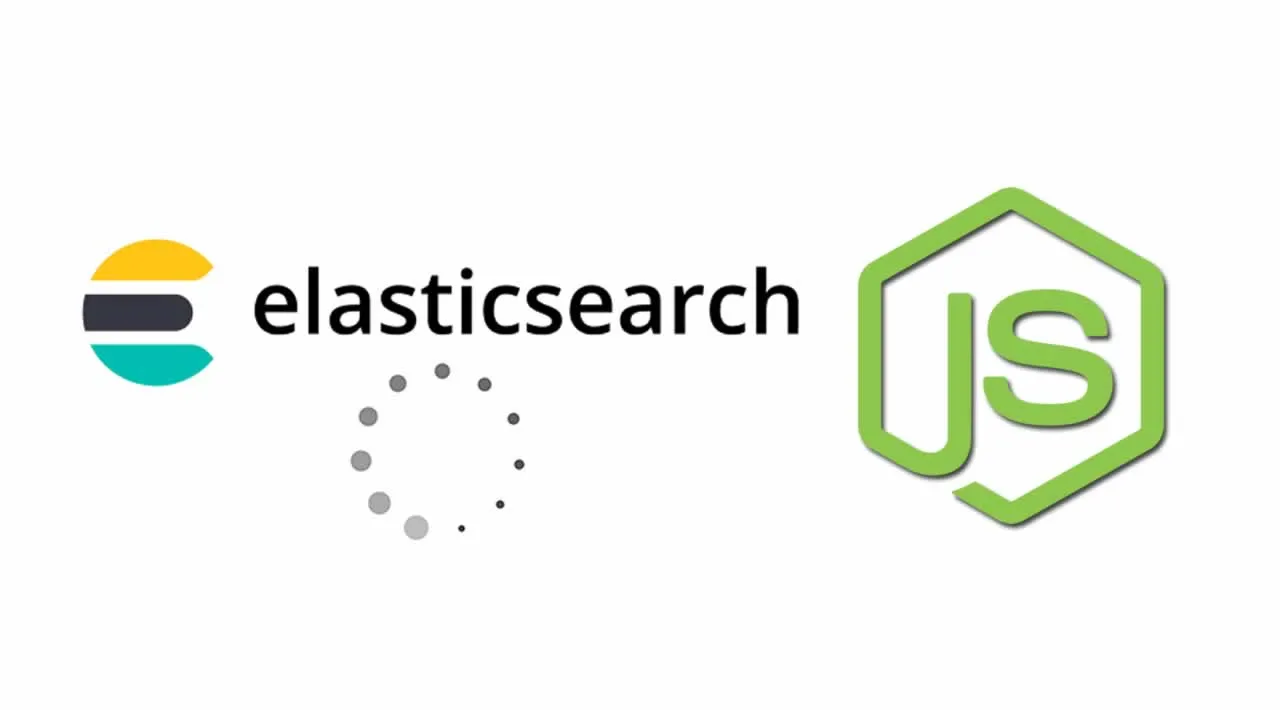If you ask ten different developers the question “What is Elasticsearch?” don’t be surprised if each of them has a different answer. None of them are wrong; of course, it’s just that Elasticsearh is that versatile. This versatility has caused Elasticsearch to grow in popularity as a solution to many programming problems.
If you have wanted to experiment with this technology but still haven’t got the chance, today in this tutorial, we will introduce you to the basic concepts of Elasticsearch. Then, we will use it to build a simple search engine with Node.js.
What is Elasticsearch?
This is a question that could have ten different answers. If I have to compact all of them into a single statement, I could say, Elasticsearch is a distributable, open-source, analytics, and search engine.
Elasticsearch is built on top of Apache Lucene. It stores data in the JSON format in a structure based on documents. In this regard, it is similar to a NoSQL database like MongoDB.
You can store and search a massive amount of data with Elasticseach in near realtime. It also provides a REST API for carrying out storing and search operations. Elasticsearch is highly scalable, and its distributed backend allows the distribution of tasks, including search, indexing, and analytics across a cluster of nodes.
To better understand how it works internally, let’s look at some of the core components and concepts used by Elasticsearch.
#web-development #nodejs #javascript #elasticsearch
